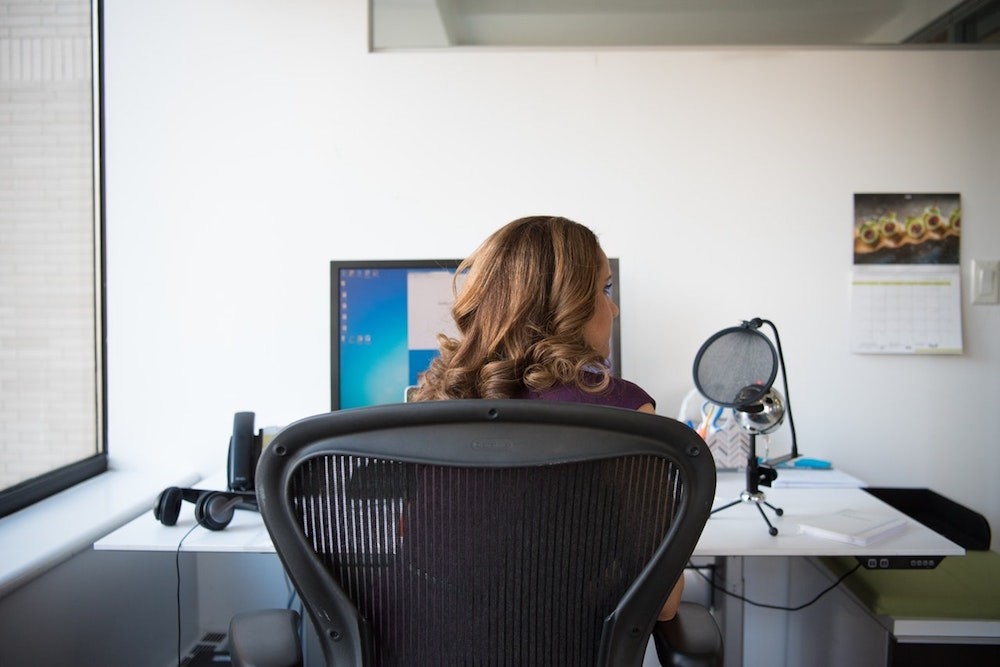
Many people spend half of the day sitting, which is not an exaggeration: at work, driving, on the sofa… Bearing this in mind, taking care of our postures and the places where we sit goes far beyond comfort: it is a matter of health. We have consulted physiotherapist postural experts to help us choose the office chairs that best suit our needs from an ergonomic point of view.
We chatted with Carlos Castaño Ortiz, professor at EU Gimbernat and head of Fisioperpinyà, Alex Soria Pineño, a physiotherapist specializing in post urology and ergonomics from FisioMedit, Amaia Jáuregui Idoate from the Sueskun Center and Moisés Giménez, a physiotherapist in Occupational Health at the Diputació de València, a pediatric physiotherapist from the Valencian Institute of Audiophonology and associate professor at the Faculty of Physiotherapy at the University of Valencia. Valencia about what we should look for when buying an office chair and what models they recommend.
Comfort and ergonomics are two different concepts.
As soon as we start, Moisés Gimenez throws a jug of cold water: “Studies show us that despite having made a lot of efforts to improve furniture and ergonomic conditions, musculoskeletal problems not only do not improve, but in some cases, they get worse year after year. And all of this indicates that perhaps we have been wrong in approaching ergonomics. “
Faced with the reality of spending 8 hours sitting in the office, Álex Soria also recommends we move: “The best thing to do is to get up and stretch (neck, back, arms and legs) at least every 2 hours to avoid numbness in the legs due to lack of blood circulation and muscle overload. Flexibility exercises decrease muscle tension, improve blood circulation, and reduce stress and anxiety. “
Amaia agrees and even gives ideas about an office chair concept for the future: “The essential thing is that every two hours, the person gets up and moves. No matter how comfortable a chair is, if you spend 8 hours in the end, there will be pain no matter what. It would be ideal if they invented a chair with pedals to move the feet and improve posture and circulation.”

Carlos Castaño clarifies: ” A chair is not going to make your back hurt more or less; what it will do is make you more comfortable when you are sick. But you don’t know that until you try it because back pain is also variable; sometimes it hurts on one side, other times it hurts on the other, and other times it spreads to the buttocks and the leg. It’s hard to know.”
How should the design of an office chair be?
Álex Soria from FisioMedit explains: “Each person has their unique posture due to a series of different factors. Some have a flat back, a hunched back, or a combination of both and, consequently, a different head position. There are taller and shorter ones, thinner and more corpulent.”
Álex lists desirable design criteria for an office chair: “It must have wheels to facilitate movements along the office table, avoiding forced positions to move it. The seat height must be adjustable so that the feet are resting on the floor and the hips are slightly above the knee at a 90º-90º angle so that the position of our pelvis is as neutral as possible. The depth of the seat must also be adjustable. “
Amaia Jáuregui insists on the importance of it being adjustable, providing another detail to consider regarding height: “In this way, we make sure that the person has the computer at eye level so that the cervical spines are aligned. “
Carlos Castaño elaborates on this, explaining that the design is not so important beyond the fact that they are adjustable: “I have spent many hours sitting in front of the computer because I have taken the GOW very seriously. Something usually overlooked is the traces of the wall that we see right in front of the chair. That is because you try to stretch your feet, and you cannot, which denotes a space problem. That is why chairs with adjustable height give extra comfort. Even the size of the legs and wheels so you can support your feet and play around. There must be freedom in the legs so that we can move. “
Castaño continues his explanation by mentioning a design that is widely seen among gamers, sports chairs that emulate vehicle seats: “A car seat is made to have a very low center of gravity, to have good visibility of the track… a chair is not the same. The sports design is nonsense… unless you play “reclined” with your head back, arms supported and only move your wrists. But if you play tense, it’s not good for you.”
Moisés Giménez is blunt: “I never recommend excessively comfortable chairs. In some cases, we even avoid the backrest, but not in all: in “listening” jobs (customer service or telephone service, for example), it is highly recommended that you incorporate it. In any case, we want to encourage movement.”
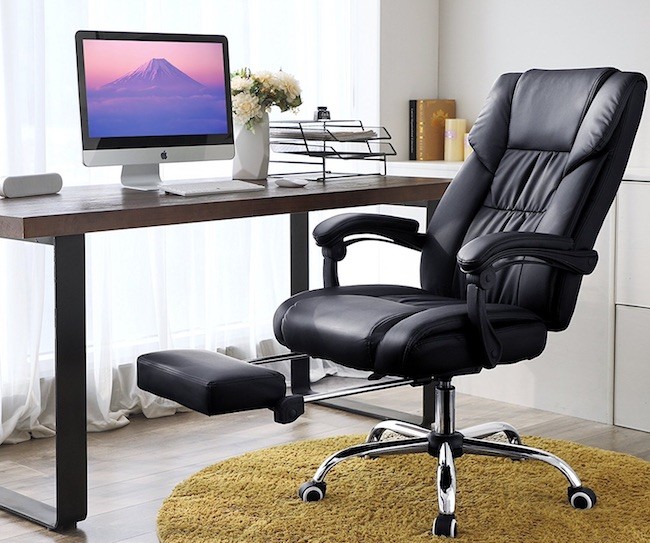
Watch out for supports such as armrests, footrests, lumbar cushions…
In the market, we find chairs of all kinds: from the minimalism of a stool to office chairs that look like the sofa at home. To what extent is it necessary to incorporate elements such as the armrest or footrest?
Amaia explains that the minimum an office chair should have are armrests to rest these extremities and change positions throughout the day. The footrest seems optional, although it would be enough to adjust the height accordingly. From this base, ” the best thing is a neutral chair and that each one adapts it.”
Carlos stresses the armrests’ true function and importance: ” Nobody rests their arms on the armrests. They serve to support you, lift your bottom, and sit back down again. For the rest, it is a hindrance: they pinch your elbows and bother you when you turn or hit the desk…”.
Álex Soria also incorporates them into his idea of the ideal chair: “It must have armrests, and these must be adjustable in height to avoid forced positions.”
Lumbar cushion, yes or no?
The lumbar cushion has turned out to be the contention among the physiotherapists, and most urologists consulted. While Moisés Giménez and Carlos Castaño advocate not including it (as we have already seen, Giménez opts for backless chairs), Amaia and Álex invite us to assess it according to each person.
Amaia warns about the lumbar cushion in an office chair: “In general, with the lumbar cushion, the vertebral discs rest and herniated discs are prevented. However, each case is different: some people have hyperlordosis and would need it, but others with spinal rectification, for example, will not.”
Álex from FisioMedit recommends at least “a slight prominence that allows that support (lumbar) to be carried out, which must also be able to be adjusted in anteroposterior inclination. It must always be taken into account that if the backrest is inclined backward, the head will tend to go forward to compensate for the imbalance, which will be a source of neck pain. “
Carlos Castaño leans towards the opposite side in this aspect and talks about the relationship between sociology and positions:
We can conclude that adopting the posture of leaning back is not good, but not good.
Breathable and resistant materials
Carlos suggests light and resistant materials to be able to move easily. But you have to pay attention to the volume of the user: “We need a chair that supports and tilts a lot, in case we always go out on the same side, we lean… although that, in the long run, can cause the chair to lean and our back with it.”
Álex warns about this compromise between tilting and stability, both in materials and in design: “The chair must have a very stable constitution because we all tend to lean more to one side or the other and seats that lean to one side or the other depending on our weight could cause back pain by generating scoliotic positions.”
Suppose we stick to the properties of the materials, although leather has traditionally been one of the most used. In that case, Carlos Castaño opts for textile materials or textures that breathe: “If you are going to spend the summer working with the fan next to you, you are going to stick like velcro.”
Álex Soria follows this line: “The fabric must be breathable, hypoallergenic, and non-slip.” For her part, Amaia refers to the hardness of the materials, which should not be very padded or very rigid: ” It has to be something in between, like pillows .”
What models do the experts recommend?
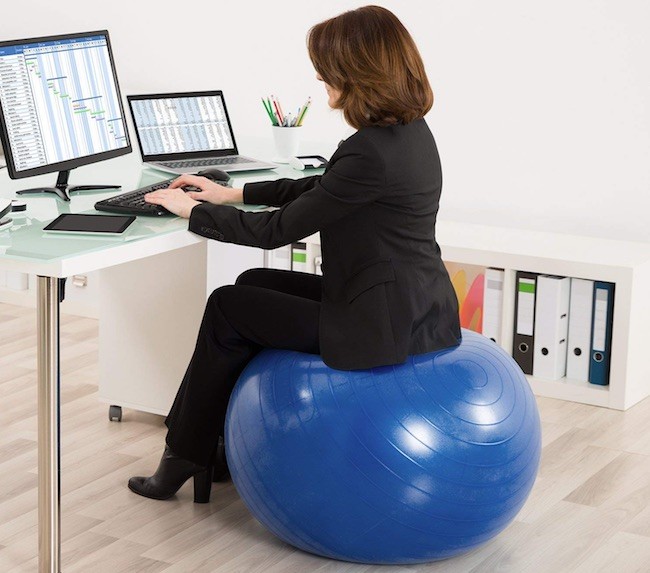
Moisés Giménez advocates for seats that force us to be active and not simply to let ourselves fall, for example, a fireball ( 16.99 euros ):
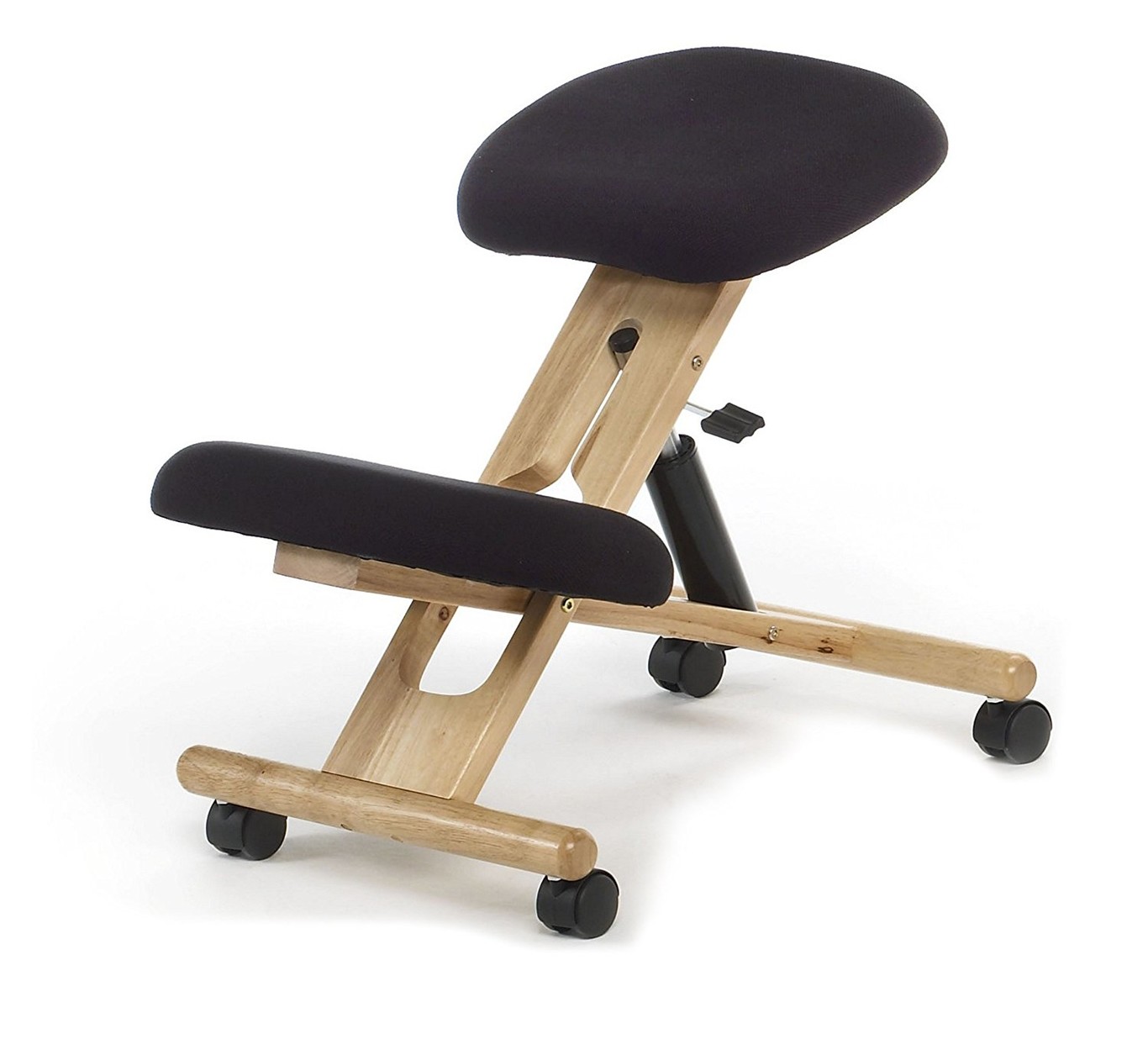
Another recommendation by Giménez is backless chairs with support on the knees, an idea that Carlos Castaño adds explains: “With these chairs, you are training your lower back all the time. If you are not in pain or overweight, training and educating your posture is an interesting alternative. But for people with pathologies or a good belly, they can be torture. We find models that range from 99 euros to almost 400 euros on the market, which seems a lot to me for what they are. But Here, we must pay special attention to how much weight they support. “
As general advice, Castaño is committed to not investing too much in a chair: “something that you like, that is comfortable, and that fits the style of your office.” With this premise, he tells us what his personal choices have been for his day-to-day, taking into account his professional experience and the use he gives them:
Three proposals from the Swedish IKEA in which, curiously, the Markus chair ( 179 euros ) is not included, one of the most popular models among office chairs.
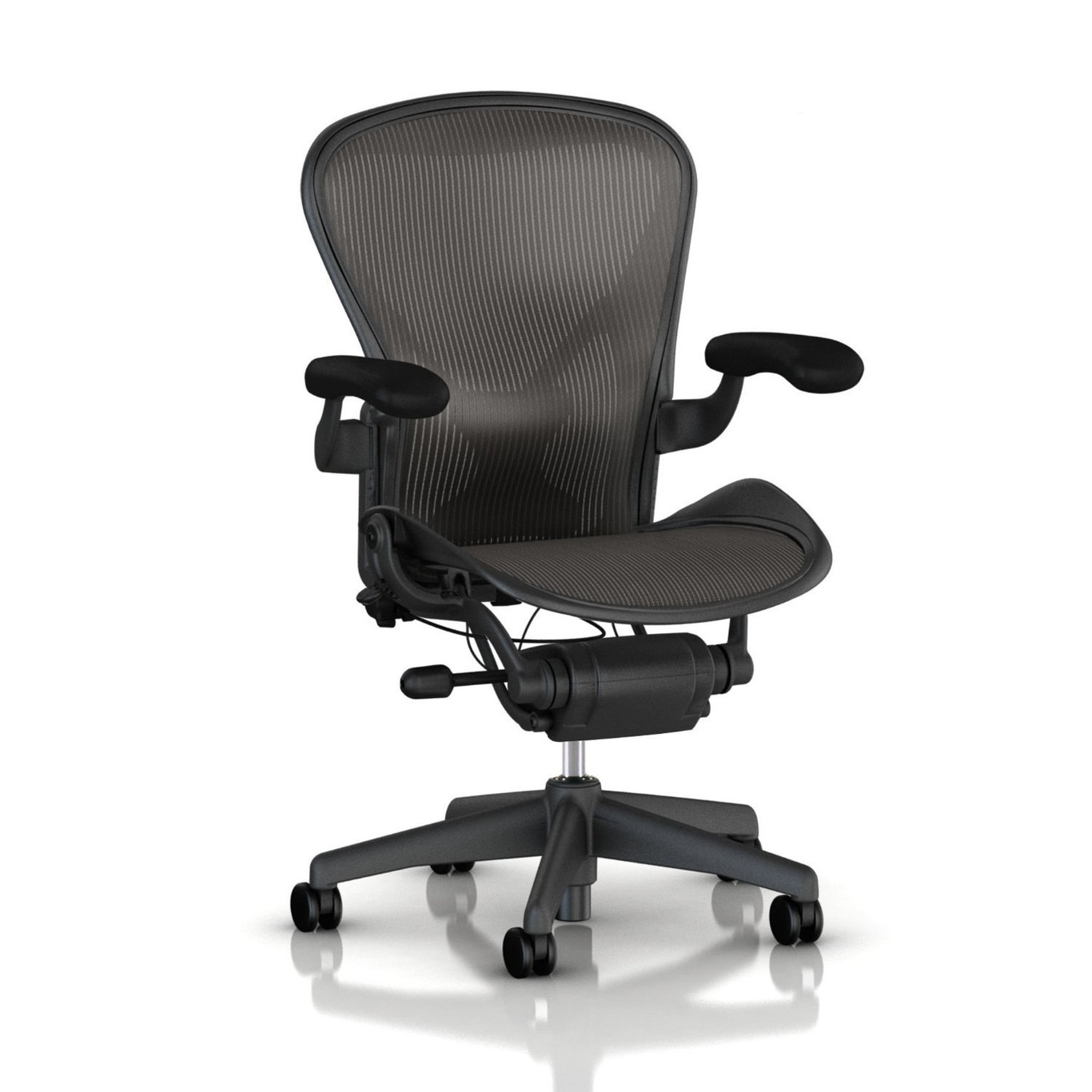
Amaia also offers us some simple alternatives and other more complete ones, but also a higher price: “I’ve been looking at what’s on the market and I’ll take two. They’re not cheap but they’re worth it because they allow you to adjust absolutely everything. It’s about the Herman Miller Aeron (1,990 euros), which is also breathable, and the Steelcase Please II ( 959 euros ).
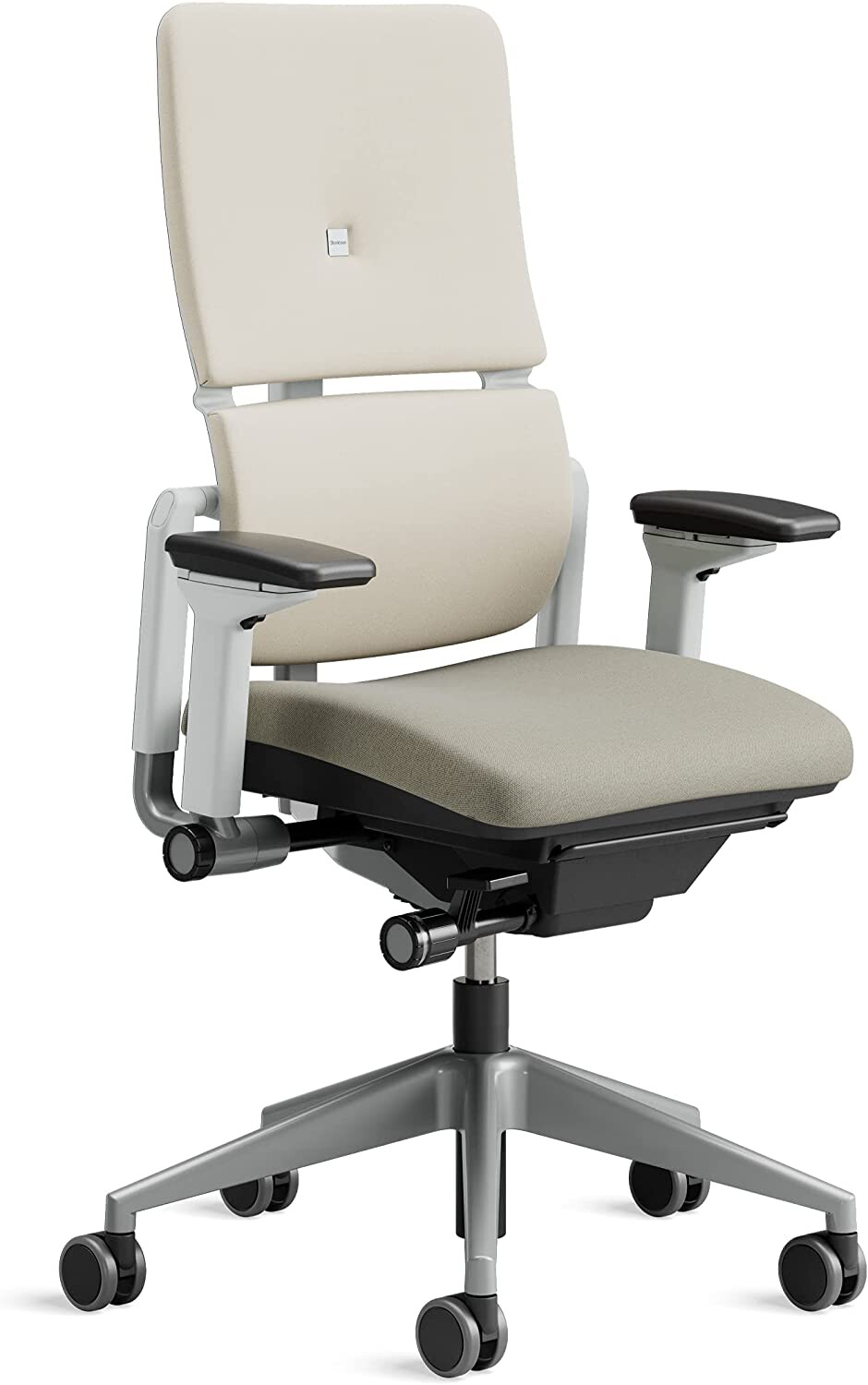
Another option that seems interesting to me if we are looking for something tighter is the Yale ( 79 euros ), a basic breathable chair that allows a good all-round posture that meets requirements such as being height adjustable, tilting, and having armrests.”

Sharlene Meriel is an avid gamer with a knack for technology. He has been writing about the latest technologies for the past 5 years. His contribution in technology journalism has been noteworthy. He is also a day trader with interest in the Forex market.











